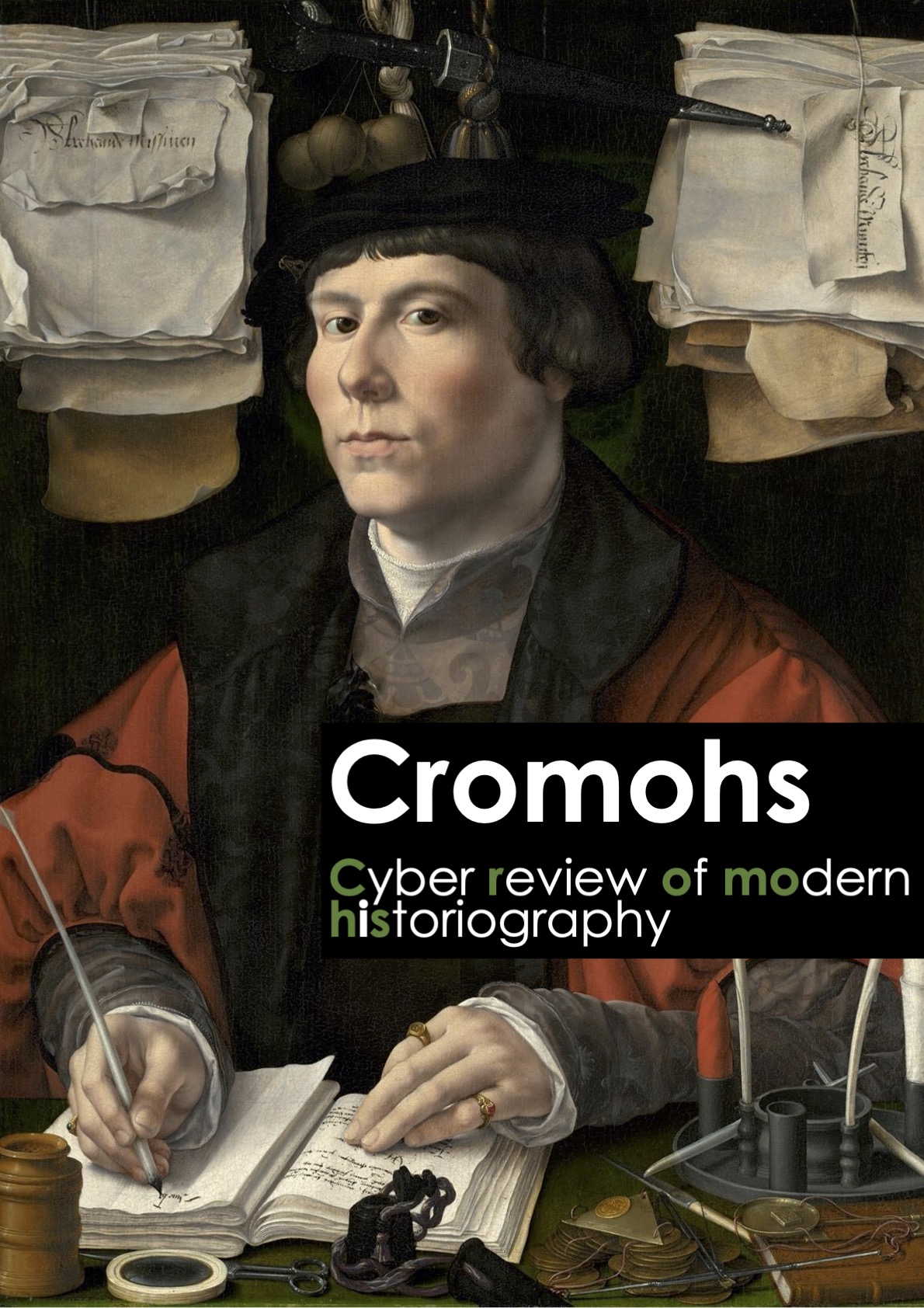Mobilizing Otherness/Alterity Across Time and Space
Published 2021-03-24
Keywords
- Holy Roman Empire,
- Food history,
- Intellectual history,
- Circulation,
- cookbooks
- Foreignness,
- Foreigners,
- integration,
- early modern europe ...More
Abstract
This article analyses how food, recipes, and techniques and manners introduced as foreign were integrated in eighteenth-century German cookbooks. Doing so it intends to transfer a methodology recently developed in social history to history of food in order to get a better understanding of how eighteenth-century European societies defined foreignness. It claims that cookbooks should be considered as topographies of the table and presents the Holy Roman Empire as a particularly rich field of study for history of circulation in the early modern world.


